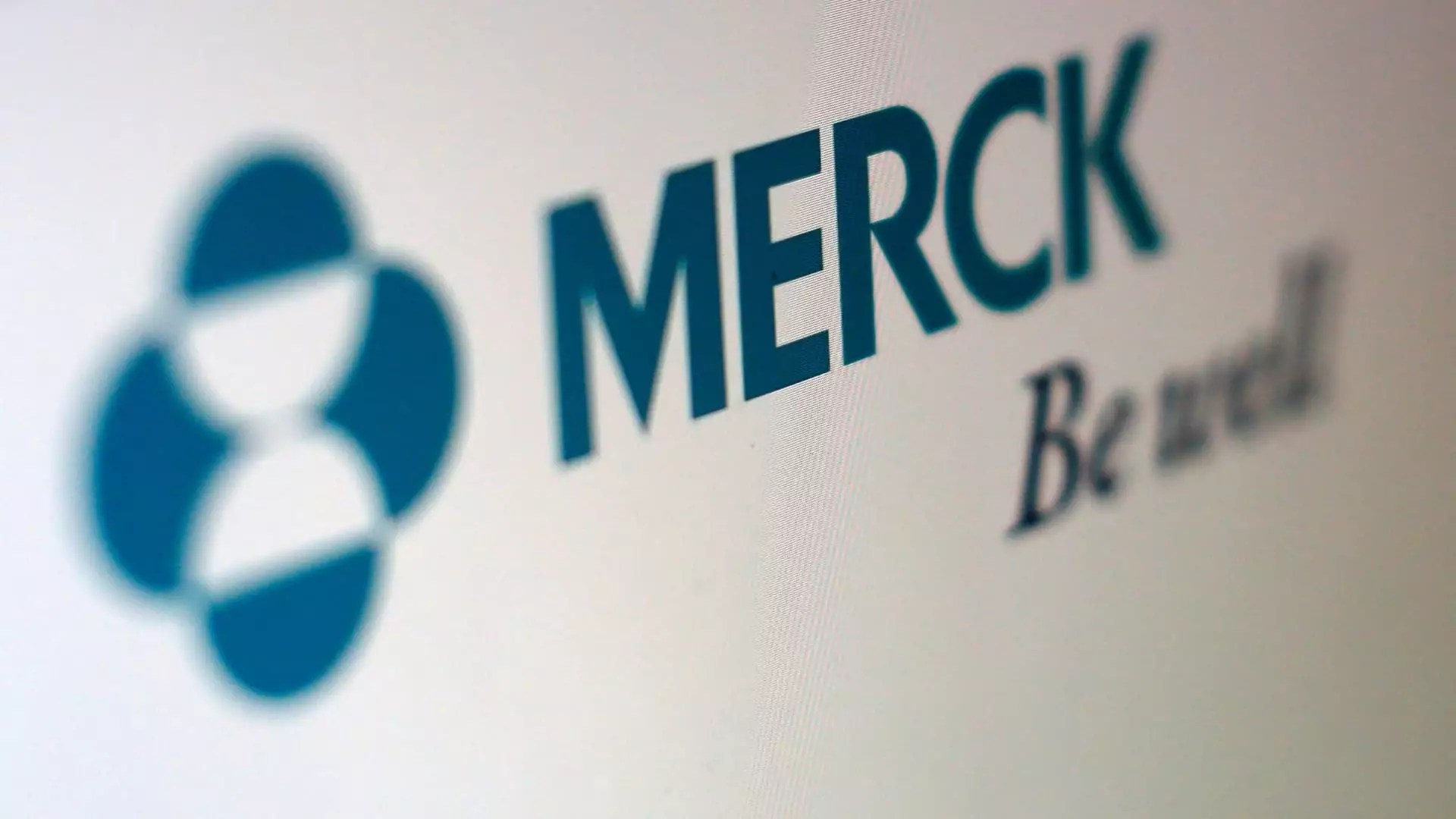Respiratory Syncytial Virus (RSV) is not merely a seasonal nuisance; it is a silent killer that impacts the most vulnerable in our society—infants and the elderly. In the U.S. alone, thousands of lives are claimed each year due to RSV, leading to severe complications that can land hospitalized infants in critical care. This virus wreaks havoc, particularly during the fall and winter months, illustrating the urgent need for effective preventative measures. However, history has shown that the medical landscape can be slow to respond to such pressing needs, often leaving families in despair.
Merck’s Enflonsia: A Game Changer on the Horizon
In this complex and often frustrating landscape, Merck’s new treatment, Enflonsia, marks a significant advancement in the fight against RSV. The FDA’s recent approval for Merck’s monoclonal antibody injection stands out, especially given the context of overwhelming demand for similar treatments, such as Beyfortus from Sanofi and AstraZeneca. With limited options available in the past, the introduction of Enflonsia could usher in a much-needed shift in how we approach this virus.
Unlike previous treatments that were bound by dosage stratification based on weight, Enflonsia simplifies administration. This convenience cannot be overstated; it could mean faster access to critical treatment for infants, thus potentially saving lives. Such a leap in user-friendliness could bring much-needed relief to healthcare providers overwhelmed by bureaucratic complexities tied to prescription protocols.
Competing Products: The Landscape of RSV Treatments
The arena of RSV prevention is quickly evolving, with Merck stepping into a competitive landscape. Many parents and caregivers are familiar with Beyfortus, which experienced unprecedented demand last season, leading to shortages that left families biting their nails in anxiety. With both Merck and Sanofi/AstraZeneca vying for dominance, it will be fascinating to observe how the approval of Enflonsia influences supply chains and availability. The stakes are high, and the competition could drive down costs and increase accessibility.
However, one must critically assess the disparity between these two products. While both are monoclonal antibodies targeting RSV, their different mechanisms of action pose challenges in direct comparisons. As smart consumers, we should seek transparency from pharmaceutical companies about how these treatments differ in clinical efficacy, particularly when safety concerns have raised red flags in the past regarding vaccines designed for the same purpose.
Pediatric Concerns: The Future of Vaccination
With a recent pause on the testing of RSV vaccines in young children due to safety concerns, the landscape remains uncertain. It’s imperative to balance innovation with caution, especially when the health of our children hangs in the balance. While competing drugs like Enflonsia offer promise, the onus is on regulatory bodies to ensure that these treatments do not merely become another statistic in a race for financial gain but instead genuinely protect the most vulnerable segments of the population.
Furthermore, the meetings scheduled by the CDC to evaluate and form recommendations for RSV vaccines convey a sense of urgency that highlights the precarious balance of advancement and approval in pediatric care. This call for careful scrutiny should resonate deeply with any ethically minded citizen, pushing for rigorous standards in clinical trials that prioritize safety above profits.
The Urgency for Effective Solutions
Given that RSV poses such a substantial health burden, especially among infants relying on swift medical intervention to survive, the opportunity presented by Enflonsia should not merely be met with enthusiasm but also with a healthy skepticism. Are we truly prepared for widespread adoption of this product, or is there an underlying haste that could jeopardize its efficacy and safety?
Merck is optimistic about shipping the drug before RSV season kicks in; however, everyone involved—from healthcare providers to parents—should remain vigilant. As new solutions become available, we must engage in robust discussions about their implications, weighing both the clinical data with real-world outcomes. We cannot afford to take a passive stance when the lives of infants are at stake. Time is of the essence, and the impending RSV season serves as an urgent rallying cry for transformative healthcare solutions.


Leave a Reply